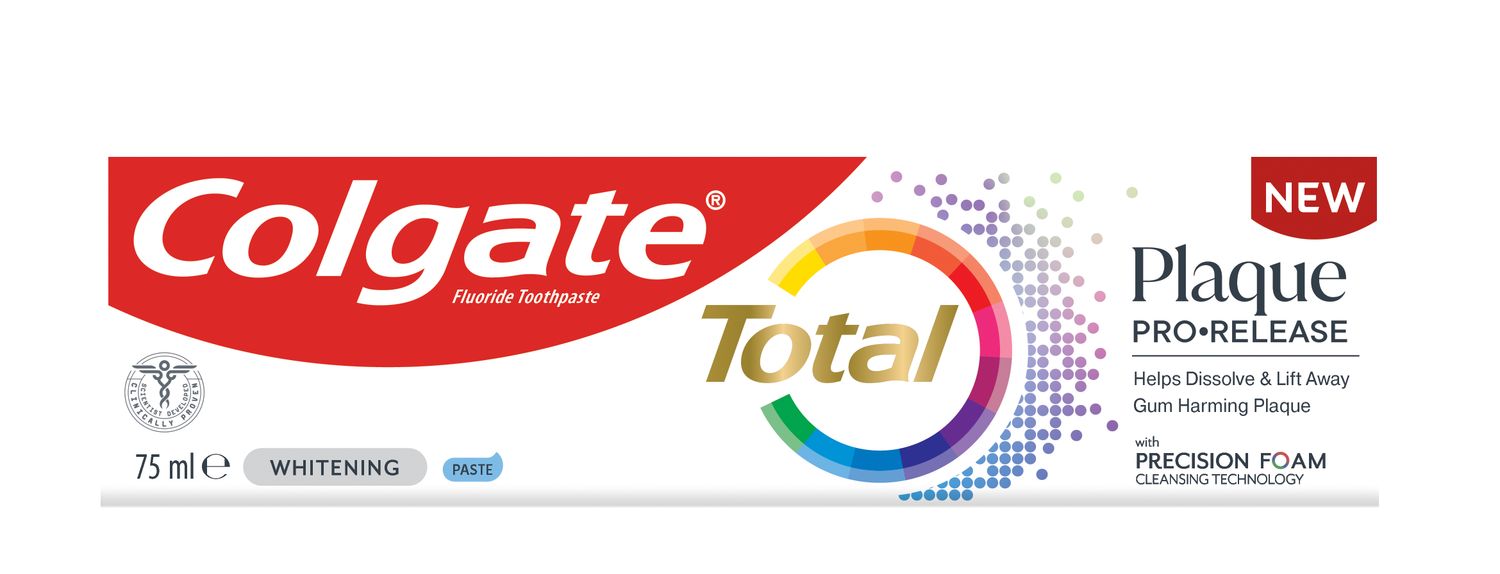Discovery of Dental Implants
A Swedish research team led by Dr. P.I. Branemark discovered that bone can bond with titanium. He called this bone-implant interface 'osseointegration'. This discovery was the beginning of implant dentistry. In 1982, the team reported a 91 percent success rate for dental implants in the lower jaw over 15 years. Dental implant success rates have improved to 96 percent. Most implants are titanium screws.
Factors in Dental Implant Placement
Important factors are at play in achieving a successful dental implant, including atraumatic surgery with low-speed drills and the surgeon's experience — doctors who place fewer than 50 implants per year tend to experience more complications. Moreover, the patient must have the right bone quality and content to stabilise the implant initially. As a minimum, the patient should have at least 8mm of vertical height of bone and 6mm of width. In the event of a lack of bone, there are many bone-grafting procedures that can be performed. We can use bone harvested from the patient's lower jaw, for example, or bone harvested from cadavers or bovine bone.
It is important that the doctor performs a thorough medical history and clinical exam with the patient. Some medical problems make implants contraindicated, for example if the patient has brittle diabetes, liver disease or a severe bleeding disorder.
The oral exam checks bone quantity and quality, the type of opposing dentition, and the type of tissue. A radiographic exam is then performed, taking a panoramic film and 3D cone beam to plan the exact position where the implants need to be placed.
Following the examination, a surgical guide is manufactured for use during surgery to guide the placement of the implant. Antibiotics are generally administered one hour prior to surgery. The surgery can be performed under local anesthesia or IV sedation.
An incision is made in the area of the missing teeth and a flap is opened up. Then, a preparation in the bone is made using various sizes of drill bits in a low-speed handpiece. The preparation is made as long and as wide as the bone in the area. The placed implant is made of titanium with a roughened surface; it is screwed into the preparation. If part of the surface of the implant is not covered with bone, a bone graft must be placed. The tissue flap is then replaced and sutured in place. The implant must stay in place undisturbed for 4 to 6 months so osseointegration can take place. During the healing phase, the patient can still wear their partial or full denture. Once the implant has integrated, the teeth can be placed.
The Beauty of Dental Implants
Maintaining your implants is very important. Implants can give rise to gum problems and bone loss in the same way as natural teeth, so they need to be flossed and brushed like natural teeth.
There are many offices advertising "teeth in a day" or "immediate load implants", but this is not possible for all patients. The patient must have an abundance of very dense bone for this to be possible. The success of this procedure is less reliable, since osseointegration has not taken place prior to placing the teeth. It is important to see your dentist twice yearly so that your implants can be checked and cleaned.
Dental implants are usually placed by oral and maxillofacial surgeons or periodontists, although some general dentists may take additional training to learn to place implants. Beware of implant clones — ask your doctor which implant you are receiving. You want an implant manufactured by a reputable company.
Implant dentistry improves quality of life for anyone who is missing teeth and wearing dentures, allowing them to smile and chew with ease.
Most of my implant patients feel that implants have changed their life. They can now go to dinner with friends and order any food they want, chewing it without worrying about their dentures shifting. One patient told me that, every time she eats a steak since her implant, she asks God to bless me. This technology has changed people's lives and the face of dentistry on the whole.













